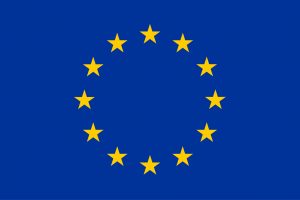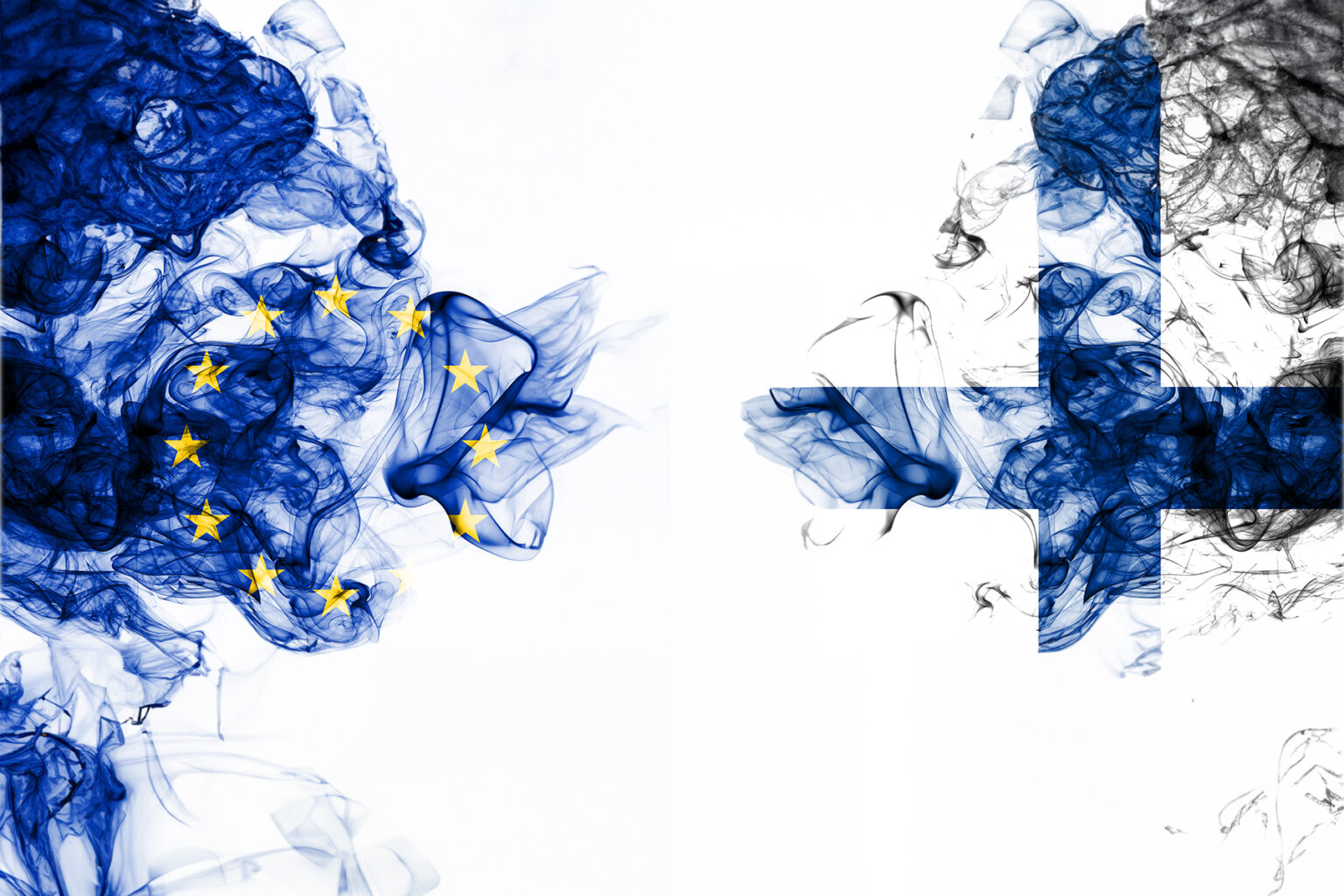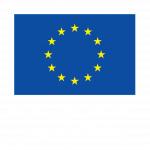

Finland Slips in EU Innovation Rankings Despite Leading in Digital Skills
European Commission’s Innovation Scoreboard 2025 shows Nordic country maintains fourth place overall but faces challenges in business innovation and resource efficiency.

Text: Martti Asikainen, 14.8.2025 Photo: Adobe Stock Photos

Finland remains one of Europe’s innovation leaders but has experienced a slight decline in performance while other EU member states advance more rapidly, according to the latest European Innovation Scoreboard released by the European Commission.
The Nordic nation ranks fourth among the 27 EU member states with an innovation performance index of 125.3% of the EU average, placing it behind Denmark, Sweden and the Netherlands. However, this represents a 3.7 percentage point drop from 2024, even as Finland’s absolute performance continues to exceed the European average by a significant margin.
Since 2018, Finland’s innovation performance has grown by 8.9 percentage points, but this increase trails behind the EU’s collective improvement of 12.6 percentage points over the same period. The country’s current performance also falls below the average for innovation leader countries, which stands at 131.9% of the EU benchmark.
Digital leadership masks innovation concerns
Despite these challenges, Finland demonstrates exceptional strength in several key areas. The country ranks first among EU member states for population involved in lifelong learning, individuals with above basic digital skills, and employed ICT specialists. Finnish workers show remarkable commitment to continuous learning, with participation rates reaching 220% of the EU average.
The report highlights Finland’s world-class digital infrastructure and skills as major competitive advantages. Nearly the entire country enjoys 5G network coverage, and Finland hosts one of Europe’s first AI Factories. The share of businesses using sophisticated cloud computing services leads the EU, while the proportion of ICT specialists in the workforce far exceeds European norms.
Finland’s research excellence continues to attract international recognition. The country produces scientific publications among the top 10% most cited globally at rates 33% above the EU average, while international scientific collaborations reach more than double the European benchmark. Public-private research partnerships particularly excel, scoring 332% of the EU average.
However, concerning trends have emerged in business innovation activities. Small and medium enterprises introducing product innovations have declined by 21.9 percentage points since 2024, while those implementing business process innovations fell by 38.8 percentage points. This downturn has prompted concerns from Finland’s Research and Innovation Council about weakening research-business collaboration.
Venture capital investment, while still well above European averages at 233% of the EU level, has experienced a sharp 53.4 percentage point decline from 2024. Meanwhile, direct and indirect government support for business research and development remains notably low at just 32.2% of the EU average, representing one of Finland’s weakest relative performances.
The Finnish government has responded to these challenges by committing to increase national R&D intensity from its current 3.1% of GDP to 4% by 2030, with corresponding budget allocations already approved. Public sector R&D expenditure has grown by 10.2 percentage points since 2024, demonstrating the government’s commitment to maintaining Finland’s innovation leadership.
Resource efficiency emerges as key weakness
Resource efficiency emerges as Finland’s most significant weakness, with the country ranking 27th among EU member states in resource productivity. Finland’s circular material use rate of 4.3% falls well below the EU average of 11.5%, while raw material consumption per capita exceeds the European average by more than three times. These environmental challenges stem largely from Finland’s substantial mining and quarrying activities.
The education sector presents a mixed picture. While Finland leads Europe in lifelong learning and maintains strong doctoral graduate numbers, the proportion of the population with tertiary education has declined and remains below the EU average at 71.8%. This shortfall threatens the government’s ambitious target of achieving 50% tertiary education attainment by 2030.
Finland’s economy, recovering from two years of recession, is projected to grow by 1.0% in 2025 and 1.3% in 2026. The country faces significant demographic pressures, with one of the EU’s fastest-rising old-age dependency ratios, climbing from 28.9% in 2013 to 37.8% in 2024.
Despite these challenges, Finland’s innovation ecosystem retains fundamental strengths in digital transformation, research excellence and international collaboration that position it well for future competitiveness in an increasingly knowledge-based global economy.
Read the whole Innovation Scoreboard 2025 Country Profile here.


Finnish AI Region
2022-2025.
Media contacts